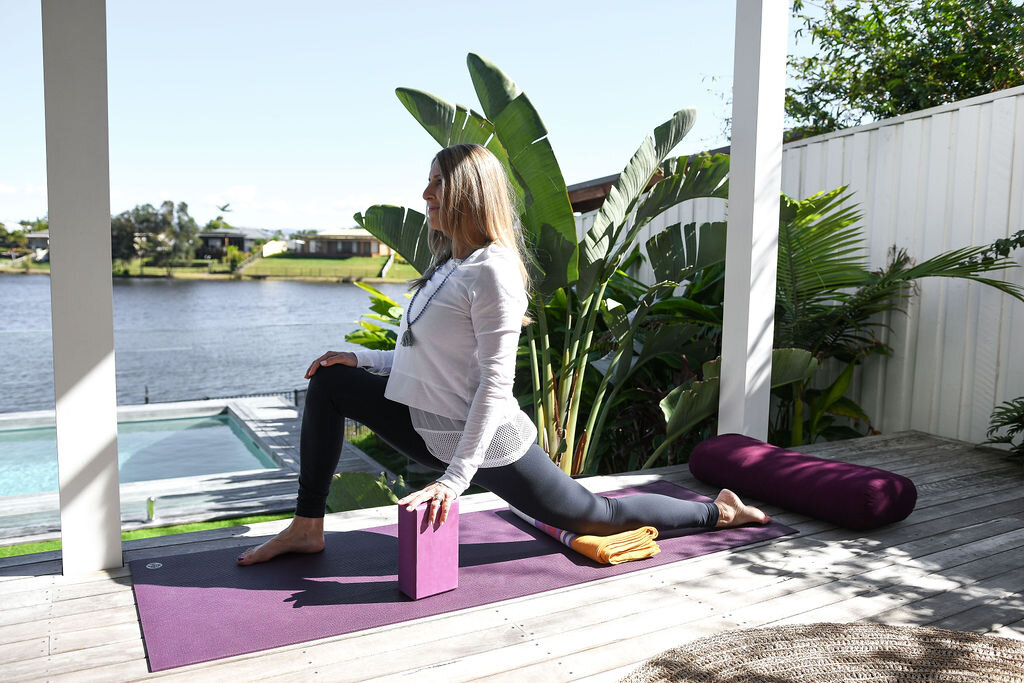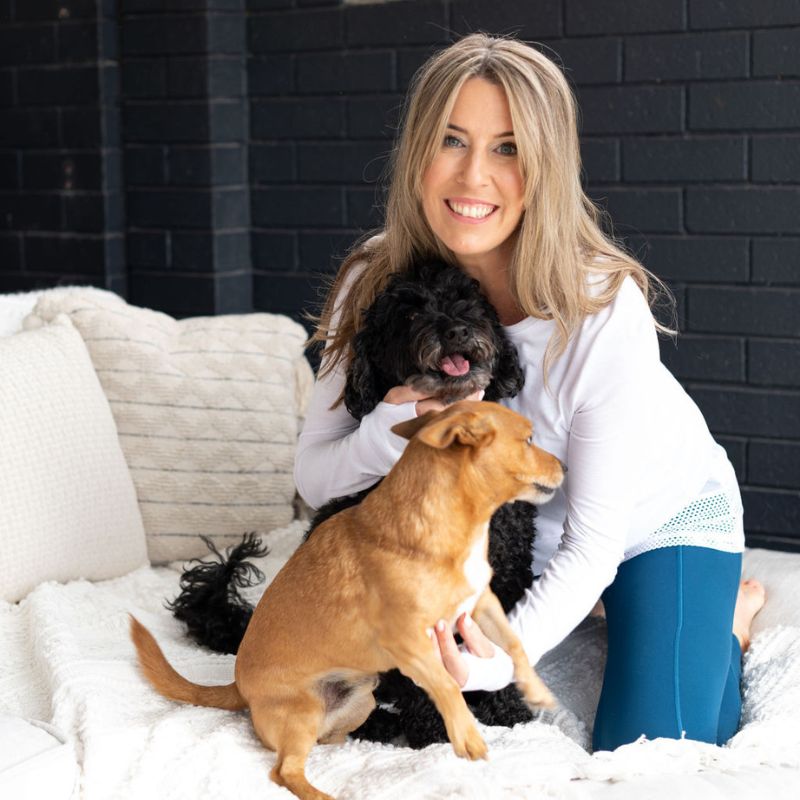
When it comes to balancing your hormones plus ageing well, one of the most important factors is movement. The way we choose to move our bodies, or not, can have far reaching effects on all aspects of our health, and dramatically slow the ageing process. For instance, we can reduce insulin resistance, build new neural pathways, foster bone health, and build core strength and muscle mass through movement. These benefits also happen to be hallmarks of healthy ageing, so let’s look at what types of movement give the biggest age-defying health benefits.
WALKING
Science has showed us overall that our physical fitness level is a predictor of life expectancy, and we also know that being fit reduces our risk of death from all major disease states. Aside from this, we also feel good when we exercise, have more energy, and our moods and outlook are improved.
Walking is an excellent aerobic activity that has been shown in various studies to be especially positive for cardiovascular health. This is important as we hit our 40s and beyond, because cardiovascular health is an area that can decline rapidly if we don’t take look after our health and wellness.
Walking is also greatly beneficial in reducing insulin resistance, which is very important if you struggle with sugar cravings and blood sugar dips (these can feel awful!) or have diabetes.
Lastly, walking is a pleasure for the soul. Spending time outdoors in nature, moving your body and enjoying the sunshine are all positives of this humble exercise.
YOGA
Yoga is a movement system that has so many benefits, from the practice of deep breathing and mindfulness to the connection of breath and body in movement.
Practicing yoga requires a mindful state and fosters relaxation and stress release in the process. Science has picked up on the extraordinary benefits of this practice in extending life span and improving health. Studies show that this happens through anti-inflammatory, antioxidant, and anti-stress effects, and that the body also produces endogenous substances during yoga that have regenerative properties.
And of course there are the hormone balancing impacts of increasing oestrogen and progesterone plus reducing cortisol through yoga.
What’s more, studies of the human brain show that the areas we use for thinking, reasoning, and learning are also active when we practice yoga. This means that we can increase our neuroplasticity, our brains capacity for change and growth, through yoga!
PILATES
Pilates focuses on building core strength, but in fact is an all over body workout. Core strength is an especially important aspect of healthy ageing, because having a strong core means that you will have good posture, strong back muscles and greatly reduce your risk of muscle injuries and lower back pain. As we age, having a healthy core also gives us good balance and stability, and makes it easier to perform all physical activities. This lowers the risk of falls and associated injuries, as well as improving overall quality of life.
Pilates is also the perfect exercise to increase muscle strength and tone and create a sound mind-body connection. It can be done by anyone, of any age or fitness level.
HIIT AND ENDURANCE TRAINING
High Intensity Interval Training (HIIT) and endurance training (cycling, running and swimming, etc.) have been shown to have a specific anti-ageing effect. HIIT refers to short bursts (15sec – 4 min) of full-on exercise followed by short rest periods. A HIIT workout can last from 10-40 minutes so is very time efficient for all us busy folk.
These types of workouts have been shown to increase telomerase activity, which increases our telomeres, which are like little caps at the end of our chromosomes. As our telomeres shorten, cellular ageing occurs. In a 2020 study published in the European Heart Journal, HIIT and endurance training (but not resistance training) were shown to increase telomere length, inhibiting cell death and thereby producing an anti-ageing outcome.
RESISTANCE TRAINING
The last type of movement that I want to mention for its age-defying benefits is resistance training (lifting weights). It has the power to prevent osteoporosis and low muscle mass, which are both hallmarks of the ageing process. It’s also empowering to feel strong and to see your body change in appearance as you build and tone muscle.
Having a good amount of muscle mass as we age is important because it predicts the amount of mobility and physical function we will have as we age. Each one of us wants to be able to tie our own shoes and look after ourselves as we age, and regular resistance training can help us achieve this.
As far as bone health is concerned, in order to build bone and halt its loss, our bones need to be exposed to resistance training exercises that stress the bones more than daily living activities do.
So, to preserve both muscle and bone mass, regular resistance training is ideal. You can do exercises such as weights, yoga and Pilates that use your body weight, and even walking and jogging to put resistance on your bones and muscles and increase their strength.
As you can see, moving the body is a critical part of an age-defying lifestyle and helps to ensure that you slow down degenerative processes. It has the power to reduce inflammation, balance insulin levels, increase muscle and bone mass, improve mood, increase your core strength, and build neural pathways in your brain, just to name a few. While the movement types I’ve mentioned above are the best for an age-defying benefit, it’s important to find movement you love to do so it becomes an enjoyable part of your lifestyle and you look forward to it, rather than it being a means to an end.
Have you downloaded my Essential 8 Age-Defying Secrets eBook yet? Click here to do that now!

Susie Garden
I help women feeling stressed, flat and peri/menopausal regain their youthful energy and glow (plus lose weight) using a proven method so their natural beauty and confidence shines through.
